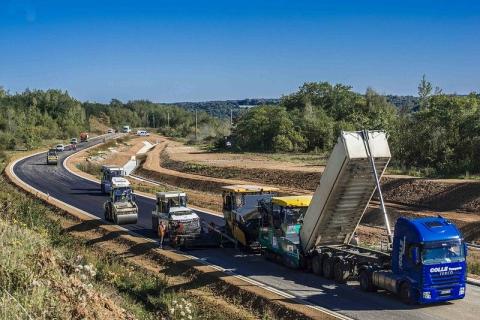Ecological compensation is failing to meet its objectives. So, we are shifting into experimentation mode.
To ensure "no net loss" of biodiversity, French regulations rely on the ERC sequence: the negative impacts of land development must first be avoided and reduced. If residual impacts remain, they must be compensated through measures that generate equivalent ecological gains.
Let’s make it clear: the best way to preserve biodiversity is to avoid and reduce impacts. Compensation should be a last resort, and its effectiveness must be proven.
However, multiple scientific studies question the effectiveness of ecological compensation. A 2024 study analyzing over 1,000 compensatory measures found that most selected sites do not offer the highest potential for ecological gains.
To improve compensation, researchers are focusing on an anticipatory approach based on two key principles:
- Compensation sites and environmental measures must be strategically planned and managed at the territorial level.
- These measures should be implemented before projects begin, generating ecological gains that developers can later "purchase" to offset their impact.
In France, "natural compensation sites" (SNCs) were introduced in 2016 to structure this approach, but they remained underutilized. Last year, they were replaced by "natural restoration and renaturation sites" (SNRRs), designed to be more flexible and financially viable.
This anticipatory compensation approach is gaining traction among local governments. Since it remains an emerging field, it encourages experimentation.
That’s precisely what stakeholders are asking from us. Right now, we’re assisting a Greater Paris metropolitan area in developing an innovative compensation framework. An added challenge: they aim to balance ecological compensation with the preservation of agricultural land.
How Did We Approach This Study?
- Quantifying future compensation needs based on upcoming development projects and their associated impacts.
- Assessing potential compensation opportunities by identifying areas with the highest ecological value and the lowest impact on farmland.
- Developing various anticipatory compensation scenarios.
The results of this study will be available in a few months.
